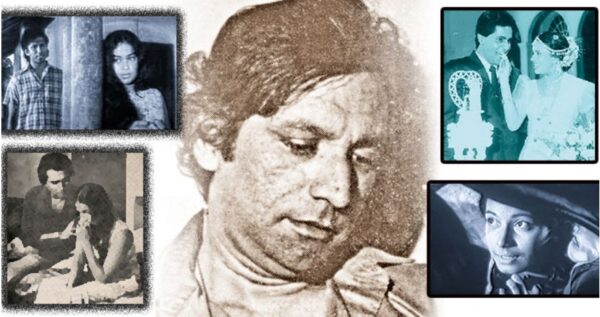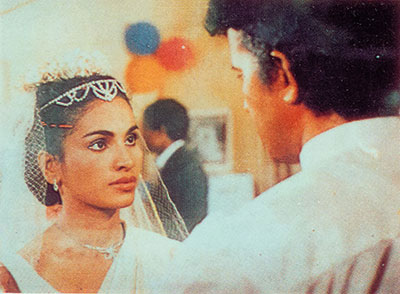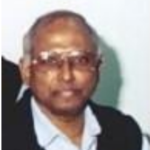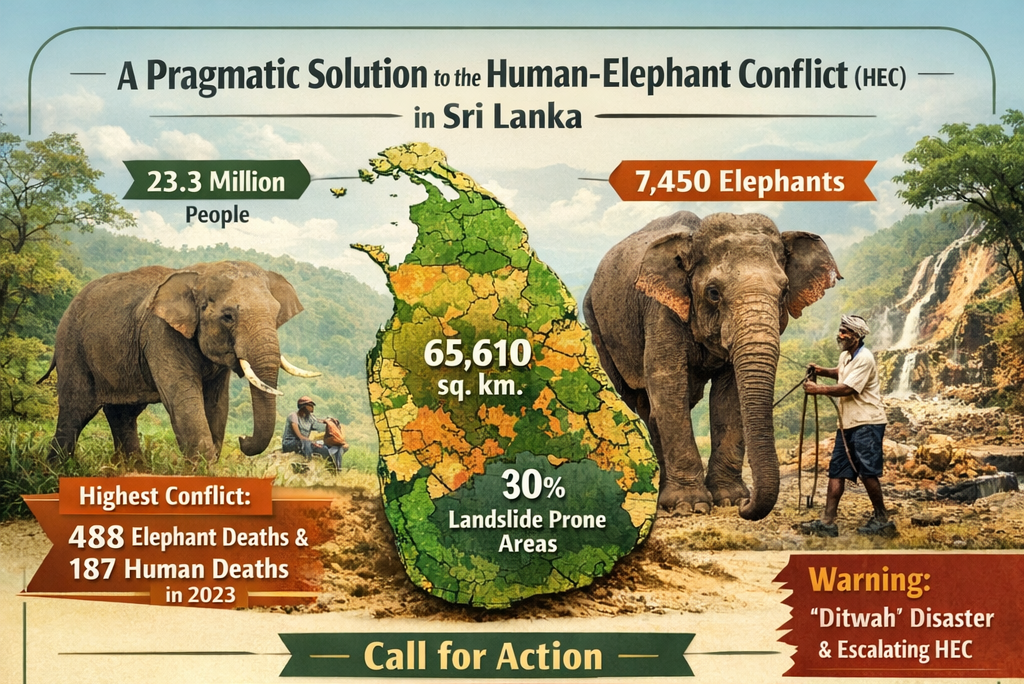Between pathiraja and Premarathne : The cinema of Vasantha Obeyesekere-By Uditha Devapriya

Source:Island
In my essay on H. D. Premaratne, I pointed out that Premaratne and Vasantha Obeyesekere were responsible for much of the changes that swept through the Sinhala cinema in the 1970s. Basically, they helped shatter the distinction that had prevailed until then between an artistic and a commercial cinema. Both directors focused a common set of issues: youth unrest, class conflict, women’s rights, and in their last few years (Premaratne with Visidela, 1997, and Obeyesekere with Sewwandi, 2006), the civil war and the insurrection. In doing so they pioneered a third way in the cinema, tackling these issues while making concessions to popular audiences. This contribution has not been appreciated enough.
Yet while appreciating Obeyesekere and Premaratne, the exact nature of their contribution needs to be assessed, because there were important differences between the two. I have highlighted some of these differences in my previous article (“Lowering the brow: The films of H. D. Premaratne”, The Island, 24 October 2022). Basically, while both were moved by a concern for the disadvantaged (mostly women), Premaratne viewed their issues through a more mainstream prism. This helped take his films to popular audiences, but it also had the effect of cushioning or softening the social implications of his stories.
A good example here would be Devani Gamana (1982). The protagonist is suspected, even by her husband, of infidelity, because she fails to bleed on her first night. We are moved to sympathy for her. Yet through a series of contrived episodes, she returns to her husband. The final scene is unforgettable: her mother- and grandmother-in-law, played by Irangani Serasinghe and the great Denawaka Hamine, are captured in a still frame, while the camera zooms out and they watch the protagonist and her husband defy and leave them. But while delivering some form of poetic justice, the ending does not question the structures of male power and female submission which led the heroine to it in the first place: the same critique Sunila Abeysekera underscored in her review of Parithyagaya (1980).
We must place these films in the context of their time. The economy had just begun to be liberalised. Imports of foreign films, which had been banned by the socialist government of Sirimavo Bandaranaike with the aim of reviving the local cinema, had been allowed again. The industry had been liberalised, making it easier for both amateurs and gifted artists to enter the field. These reforms soon led to the disintegration of the local cinema, a decline hastened by the 1983 anti-Tamil riots. The onset of television also had an impact on the industry, though as D. B. Nihalsinghe (2006) has convincingly shown, its impact was much less than has since been made out to be by policymakers and writers.
These declines paralleled a decline in cultural and artistic standards which had set in even before the open economy reforms of 1977. Arguably the biggest contribution to the Sinhala cinema during this period was Dharmasena Pathiraja’s. His vision of, and for, the medium was considerably more radical than his predecessors’. In Ahas Gawwa (1974) and even Eya Dan Loku Lamayek (1975), he uses the medium as a mode of protest. Eya Dan Loku Lamayek is seen as Pathiraja’s most mainstream film, but his sympathy for its protagonist, played by Malini Fonseka, is on par, I think, with Premaratne’s sympathy for the heroine in Sikuruliya, released the same year. Where does all this put Obeyesekere?

As far as the politics of his films goes, Vasantha Obeyesekere falls somewhere in-between Premaratne and Pathiraja. While Premaratne never turned his work into a platform for a full-frontal critique of the themes he explored, Obeyesekere did. However, while Pathiraja eschewed the conventions of the medium, Obeyesekere did not fully abandon them. As his career progresses, Pathiraja subverts the most basic canons of cinema, including linearity. There is hardly any linearity in his middle-period work: in Para Dige (1980), for instance, he introduces a character (played by Vasanthi Chathurani) and then makes her disappear. But unlike in Michelangelo Antonioni’s L’Avventura (1960), which centres on the disappearance of a woman, the director does not bother to find out what happened: the story goes on, the characters move on, and she is never brought up or mentioned again.
Like Jean-Luc Godard and Samuel Beckett, to whom he owed his conception of theatre and cinema, Pathiraja aligned his critique of capitalist society with his rejection of mainstream aesthetic and cultural codes. While sharing his concerns and political beliefs, Obeyesekere does not go as far. In his middle-period, which begins with Palagetiyo (1979), Obeyesekere juggles time and space, crisscrossing from one timeline to another, more so than Pathiraja. Palagetiyo, for instance, begins with the police questioning the protagonist (Dharmasiri Bandaranayake) over the murder of his wife (Dhammi Fonseka). Dadayama (1984) begins with Rathmali (Swarna Mallawarachchi) searching for the man who has impregnated and abandoned her (Ravindra Randeniya, in the most dislikeable performance ever featured in a Sinhala film). Kadapathaka Chaya (1989) begins with the murder of a powerful businessman (Vijaya Kumaranatunga, in the most villainous part he got in his career).
This technique can be critiqued as an affectation, a cosmetic which goes nowhere and serves no purpose. Yet by splicing time and space, Obeyesekere depicts the deterioration of society, a theme which unifies his work more than any other. Again, it is apt to put him in the context of his time. The open economy reforms of 1977 shook the fabric of Sri Lankan society. They accelerated greed, exploitation, and the immiseration of entire communities. Obeyesekere tries to depict these upheavals, and to emphasise the point he presents the plots of his films in fragments. He features a society caught up in unlimited greed and an unquenchable lust for material advancement. He epitomises that, more than in any of his other antagonists, in the character of Jayanath in Dadayama.
While this anti-romantic, anti-classical quality of his work may seem to share much with Pathiraja’s rejection of linearity and consistency, Obeyesekere does not, as I have pointed out before, go as far as him. Why do I say this? Precisely because Obeyesekere shares as much with Pathiraja as he does with Premaratne: he rejects a classical conception of the cinema, but he does not reject the tropes and motifs of commercial films. In other words, unlike Pathiraja, he deploys these motifs throughout his stories. Yet unlike Premaratne, he does not do so to give (in a manner of speaking) happy endings. The protagonist in Devani Gamana may go back to her lover, but the protagonist of Dadayama keeps imagining that her lover will come back to him, only to be murdered at his hands. The heroine in Palagetiyo dotes on popular romantic fiction and believes that love conquers all; but when the realities of poverty set in, the story moves into its final, inexorably tragic act.
There is another sense in which Obeyesekere differs from Pathiraja: he does not actively take sides. In Palagetiyo, for instance, as Regi Siriwardena observed in his fine review, the director sympathises with the heroine, her father, her lover, and her lover’s mother and sister, even though they are often pitted against each other. This makes him somewhat of a less committed director than Pathiraja: there is no critique of any of his characters, or the beliefs they subscribe to. In Dorakada Marawa (1998), which I rank among his finest films, he pits the heroine (Sangeetha Weeraratne, in what I consider to be her best performance) against the parents and the sisters of her fiancée (Sanath Gunatilake). Yet he does his best, and succeeds remarkably, at empathising with them: we understand their concern for their son and brother, just as we do the protagonist’s fierce attachment to him.
Vasantha Obeyesekere, in these respects, falls somewhere in-between the gentle humanism of Lester James Peries’s cinema and the Beckettian disorientation of Pathiraja’s cinema. He uses the motifs of popular cinema in the same way Premaratne does, but does not deploy them to the same ends: he deploys these motifs in order to subvert them. In the history of the Sinhala cinema I cannot think of another director who used this technique as effectively as he did. Certainly not Pathiraja, who didn’t subvert them as much as reject them (think of the ending in Para Dige, with hero and heroine literally along the road, unsure of what to do next though they have just married). Obeyesekere didn’t so much reconcile the popular and artistic aspects of his stories as to bring them together to emphasise their differences. In the final analysis, this may be his most recognisable achievement.
Note: I once asked Vasanthi Chathurani what happened to her character in “Para Dige.” “To tell you the truth,” she admitted, “even I don’t know.”
The writer is an international relations analyst, researcher, and columnist who can be reached at udakdev1@gmail.com





















